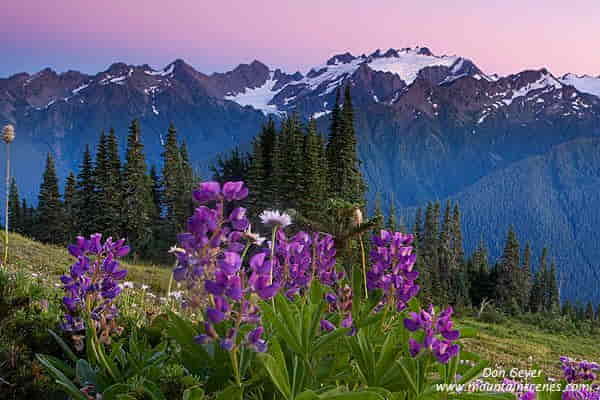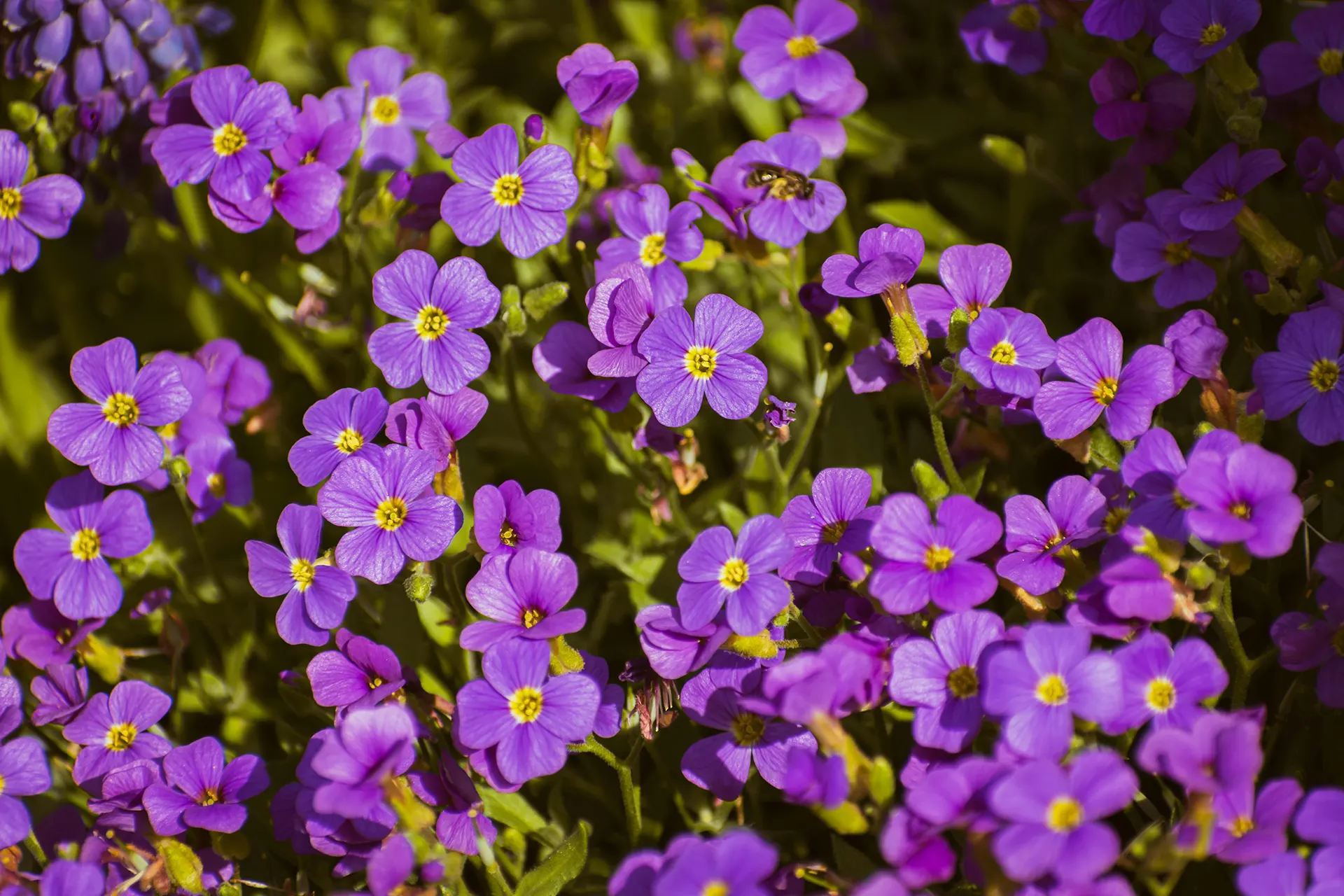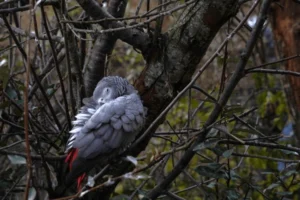
Mount Olympus, Greece’s highest peak and a place steeped in mythology, is also a sanctuary for a rare and unique botanical treasure: the endemic plants of Mount Olympus. Among these extraordinary species stands Jankaea Heldreichii, a plant that not only captivates botanists but also tells a fascinating story about the natural heritage of this legendary mountain.
The endemic plants of Mount Olympus represent a vital part of Greece’s biodiversity. These species have evolved in isolation over millennia, adapting to the mountain’s unique climate and geology. Understanding these plants, particularly Jankaea Heldreichii, offers a glimpse into the rich ecological tapestry that defines this region.
The Unique Jankaea Heldreichii: A Botanical Gem
Jankaea Heldreichii is a rare flowering plant that grows exclusively on Mount Olympus. It is classified as an endemic species, meaning it is found nowhere else on Earth. This exclusivity makes it a critical focus for conservationists and botanists alike. The plant thrives in the rocky crevices and shaded slopes of the mountain, demonstrating a remarkable resilience to the challenging alpine conditions.
Named after the 19th-century botanist Theodor von Heldreich, Jankaea Heldreichii embodies the rich history of botanical exploration in Greece. Heldreich’s extensive studies helped catalog many of the endemic species in this area, highlighting their ecological importance and vulnerability.
Why the Endemic Plants of Mount Olympus Matter
The endemic plants of Mount Olympus, including Jankaea Heldreichii, play a crucial role in maintaining the mountain’s ecosystem. These plants support a diverse range of wildlife, prevent soil erosion, and contribute to the overall health of the alpine environment.
Moreover, these species are indicators of climate change and environmental shifts. As sensitive organisms, changes in their distribution or health can signal broader ecological impacts, making them invaluable to scientific research.

Conservation Challenges and Efforts
Despite their importance, the endemic plants of Mount Olympus face multiple threats. Human activities, such as unregulated tourism, construction, and climate change, put these fragile species at risk. The limited distribution of Jankaea Heldreichii makes it particularly vulnerable.
Conservation initiatives focus on protecting habitats, raising awareness, and conducting ongoing research. Organizations and local authorities collaborate to ensure that these endemic plants continue to thrive for future generations.
Exploring Mount Olympus Responsibly
For nature lovers and hikers, exploring Mount Olympus offers an incredible opportunity to witness these unique endemic plants firsthand. However, responsible tourism is essential. Visitors should stick to marked trails and avoid disturbing the natural habitats to protect these irreplaceable botanical treasures.
Outbound Links Added:
-
For detailed information on Greece’s biodiversity and conservation efforts, visit the Hellenic Botanical Society.
-
To learn about the impact of climate change on mountain ecosystems, see reports by the European Environment Agency.
FAQ Section
Q1: What does it mean for a plant to be endemic?
A1: An endemic plant is one that naturally occurs only in a specific geographic area and nowhere else in the world.
Q2: Why is Jankaea Heldreichii important?
A2: Jankaea Heldreichii is important because it is unique to Mount Olympus, representing a key part of Greece’s natural heritage and biodiversity.
Q3: Are there threats to the endemic plants of Mount Olympus?
A3: Yes, threats include human activities, habitat loss, and climate change, which can endanger these sensitive species.
Q4: How can visitors help protect Mount Olympus’ endemic plants?
A4: Visitors should follow designated paths, avoid picking plants, and respect conservation rules to minimize their impact on these fragile ecosystems.
Q5: Where can I learn more about conservation of Greek endemic plants?
A5: Trusted organizations like the Hellenic Botanical Society provide extensive resources on this topic.





